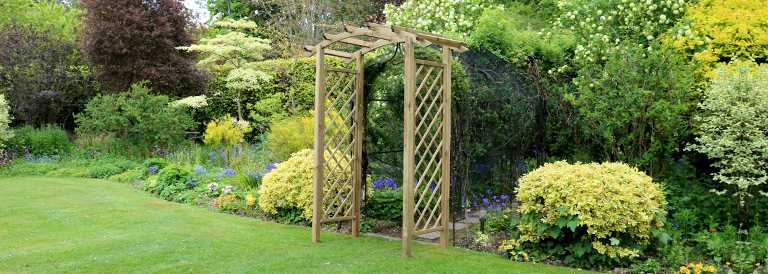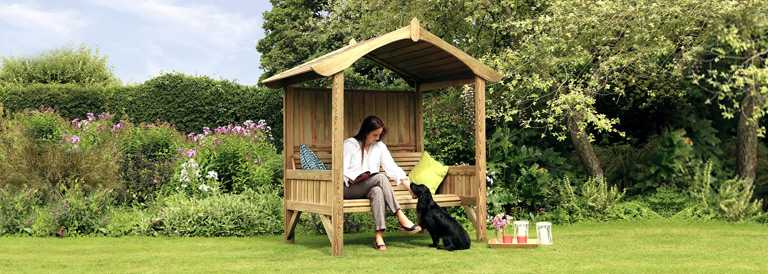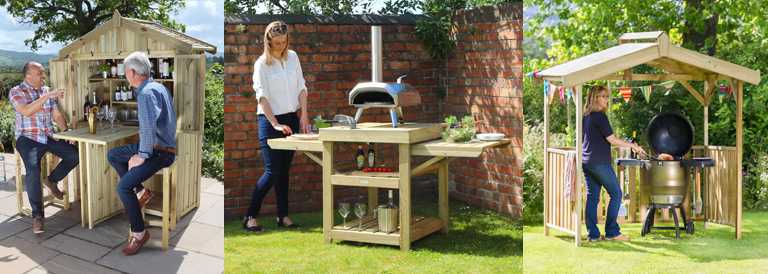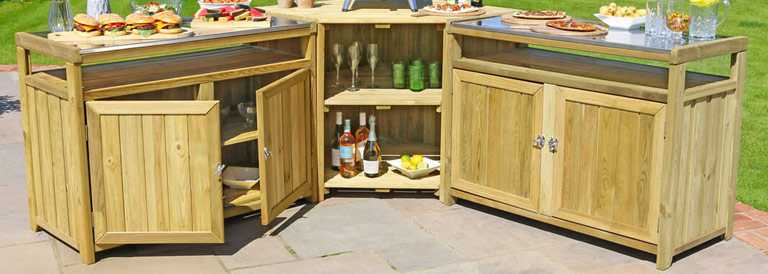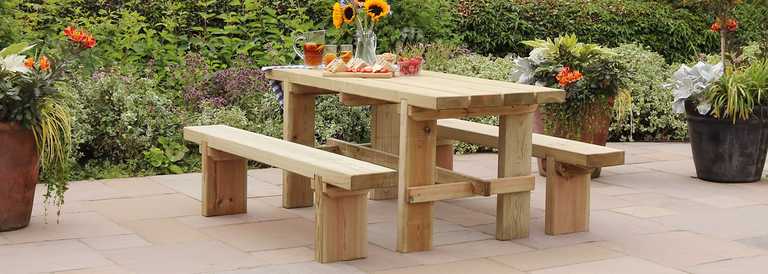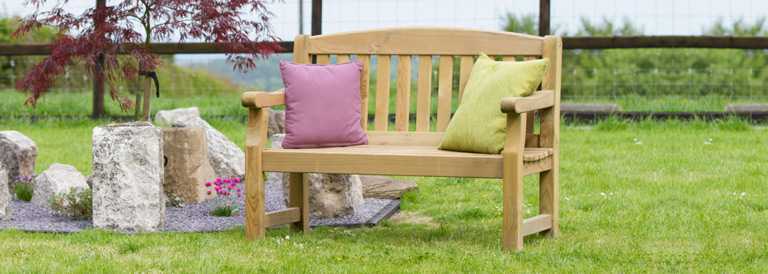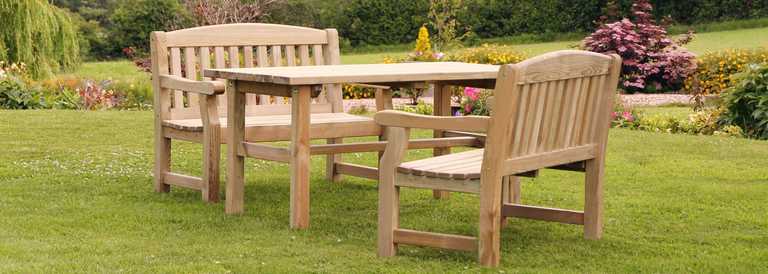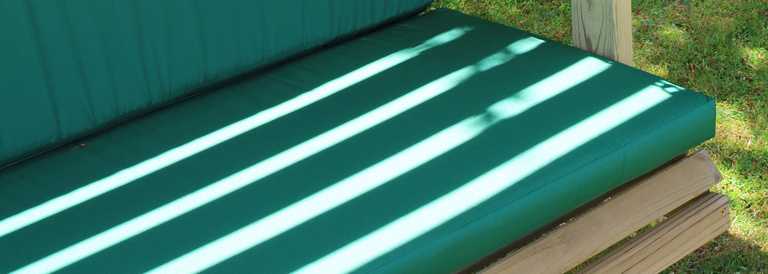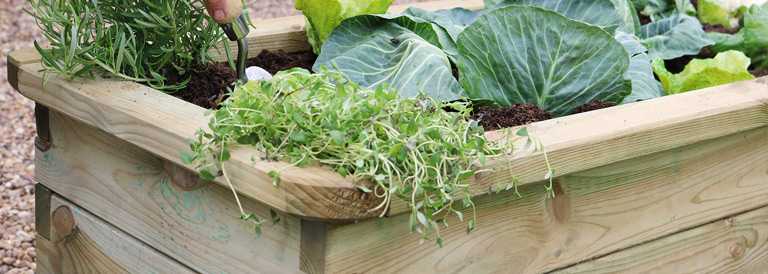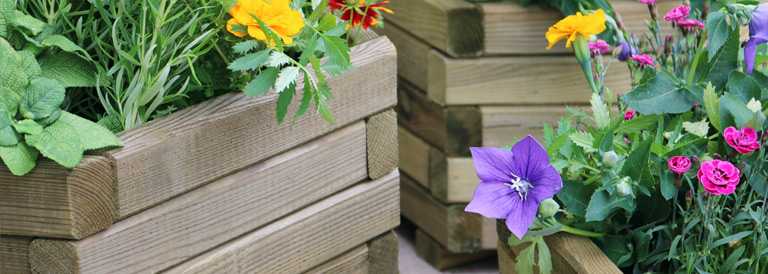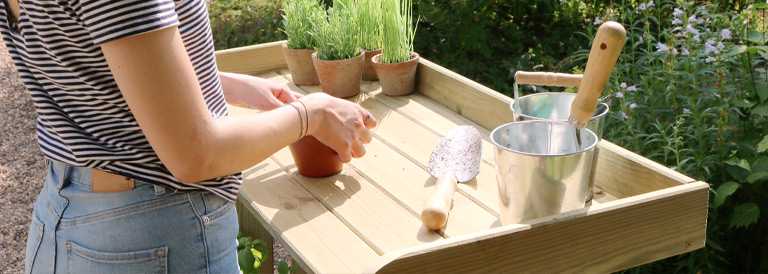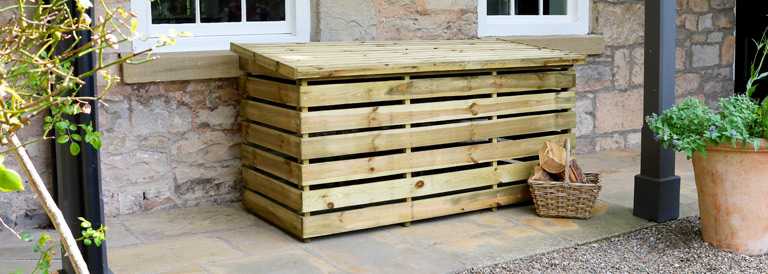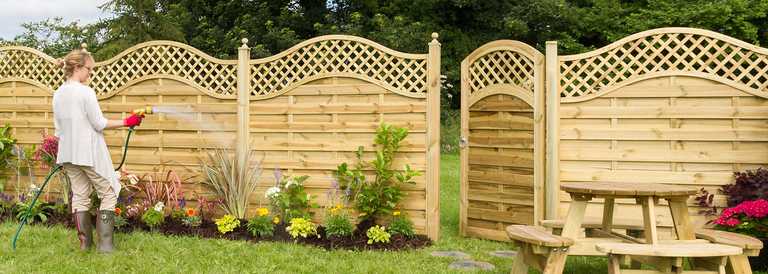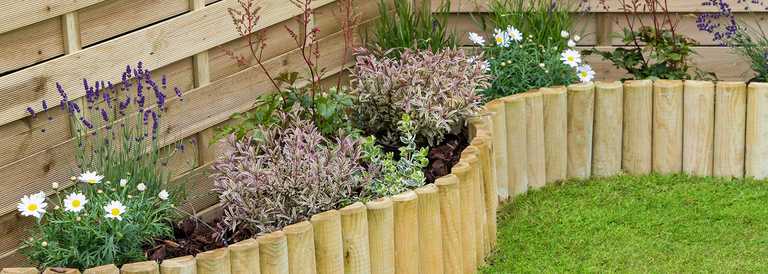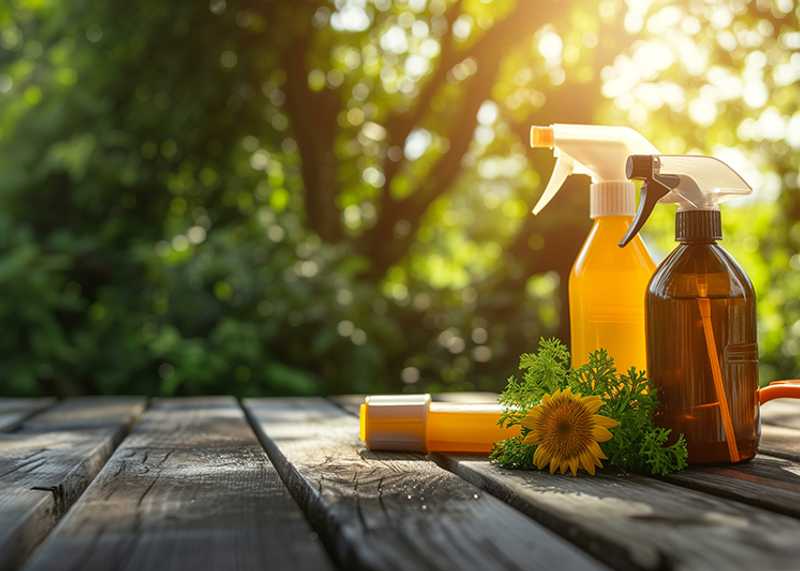Do's and Don'ts
Do:
- Clean with a soft brush and warm, soapy water
- Protect your furniture when not in use with a waterproof cover
- Store your garden furniture inside in the winter
Don't:
- Pressure wash wooden furniture
- Leave it exposed in the winter
- Treat it with preservatives in the first six months
How do you clean outdoor furniture?
Cleaning your wooden garden furniture doesn’t have to be complicated or expensive. Simply using a soft brush and warm, soapy water will do the trick.
- Using a soft bristled brush, regularly brush down wooden surfaces to get rid of dirt, bugs, food, or animal waste.
- Wash down surfaces with warm water and washing up liquid. Use your soft brush or a microfibre cloth to prevent scratching or damage. Wiping it down with a wet cloth afterwards will help prevent soap stains.
- Leave your wooden products to air-dry completely to make sure the timber is dry all the way through. This will help to keep the wood durable and rot-free.
- Deep clean your wooden garden products twice a year – once at the beginning of the season and once at the end. Although it may seem quick and easy to use a pressure washer to do this, pressure washing can damage your furniture by stripping its natural oils and harming the internal wood structure.
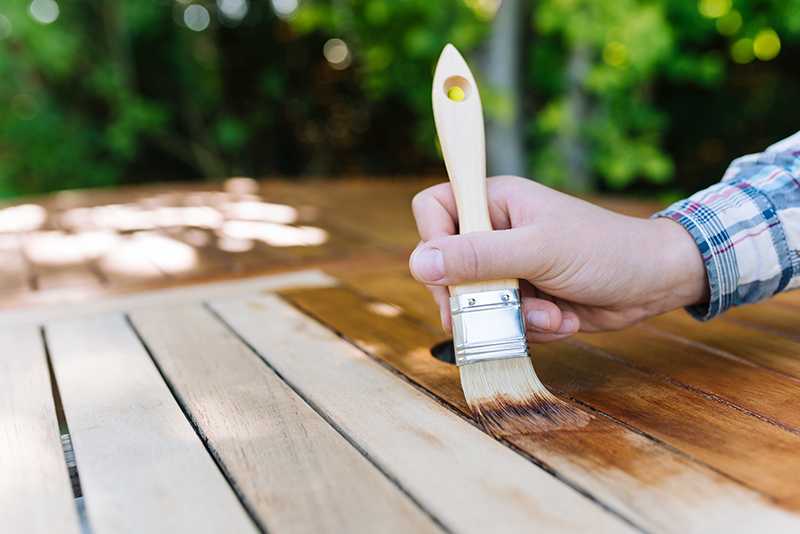
How to preserve outdoor wooden furniture
If your furniture is pressure treated to protect against rot, you shouldn’t treat it with a preservative for the first six months as this will not allow enough time for excess moisture from the pressure treatment to dry out.
After this period, you may apply an annual treatment to prolong the look of the product if you wish, although it is not necessary as the pressure treatment preserves the wood.
The aging process of natural timber creates a lovely silvery colour, but if you wish to retain the original colour of your products, you can treat them with a water-based wood stain or high-quality paint.
We recommend using products by wood care specialists, Protek, who have been manufacturing high-quality wood stains and preservatives for over 30 years. Protek uses only water-based technology, and each product is carefully made to minimise any human health and safety risk and effect on the environment.
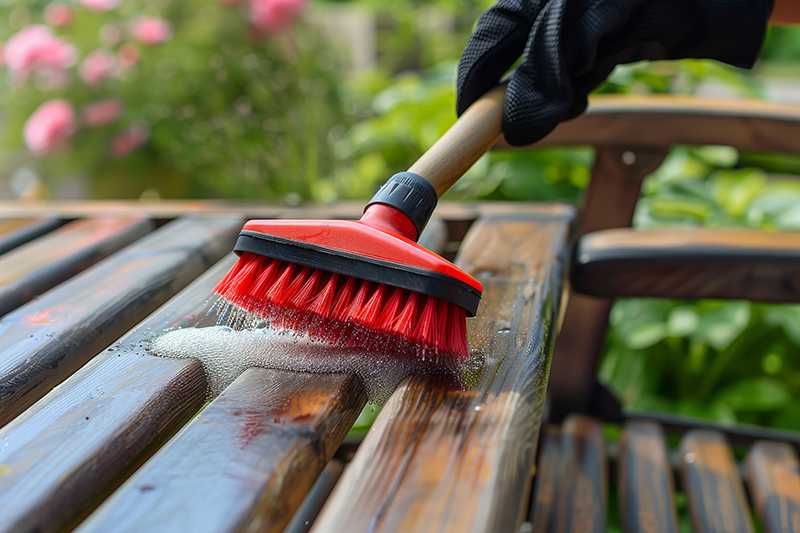
How to remove mould from garden furniture
If you begin to see mould and mildew growing on your wooden garden furniture, do not worry.
The best way to remove it is to create a mix of white distilled vinegar and warm water. It is a safe solution for wood and won’t introduce toxic chemicals to your outdoor environment.
Always make sure to test a small area of your furniture first if it is stained or painted and wear protective equipment like masks, goggles or rubber gloves when dealing with mould.
Spray your vinegar and water solution onto the mould, leave it for an hour, then wipe the surface with a clean, damp cloth. Make sure you are doing this outside and that the furniture dries out fully before you use it or store it away.
Regularly cleaning your garden furniture will also help prevent mould from growing in the future.
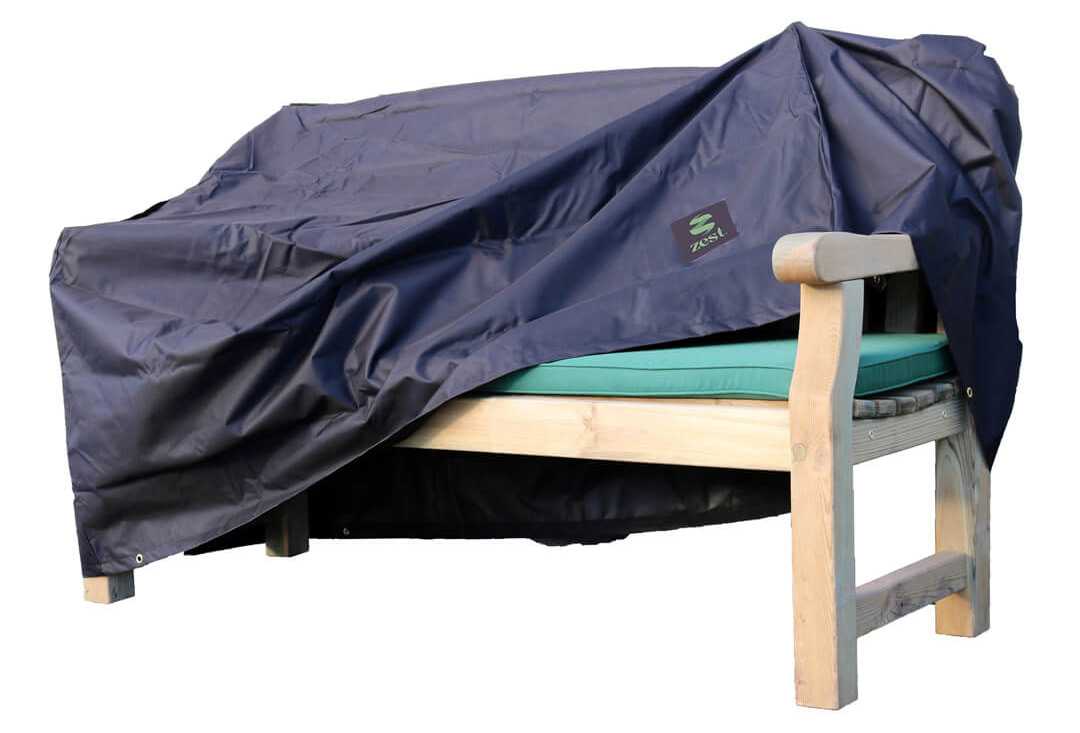
How to store garden furniture in the winter
In the colder seasons when you are not using your garden furniture, store your furniture inside - a garage or shed is perfect. If you do not have space to store your furniture inside, move it to a sheltered area of the garden and protect it with a waterproof cover. The cover should be close fitting but not too tight so air can still circulate so as not to attract mould.
Long-term weather exposure can reduce the life-span of your furniture and cause it to warp and distort due to the fluctuations in temperature making the wood expand and contract.
You can also use a protective cover regularly during the warmer months to help keep away dirt, animals and water.
Strictly Necessary
These cookies are required for our website to operate and include items such as whether or not to display this pop-up box or your session when logging in to the website. These cookies cannot be disabled.
Performance
We use 3rd party services such as Google Analytics to measure the performance of our website. This helps us tailor the site content to our visitors needs.
Functional
From time to time, we may use cookies to store key pieces of information to make our site easier for you to use. Examples of this are remembering selected form options to speed up future uses of them. These cookies are not necessary for the site to work, but may enhance the browsing experience.
Targeting
We may use advertising services that include tracking beacons to allow us to target our visitors with specific adverts on other platforms such as search or social media. These cookies are not required but may improve the services we offer and promote.
